“Handsome? Yes, but only feather deep. Actually, for their size and weight, magpies are probably the most murderous fiends of the whole avian world. They own a hankering for warm blood and red meat that is little short of phenomenal.” – Bert Popowski, “Magpies are Murder!”, Calling All Varmints (1952)
As I finished my hike, I heard another visitor at the trailhead exclaim: “I just saw one of those cute tuxedo birds!”
I admit it: My first impulse was to roll my eyes at this description of one of the most visible birds around my home in the Western United States, the black-billed magpie (Pica hudsonia). But I had to give some credit, too. The magpie’s striking plumage do resemble a tuxedo, even if sunlight reveals the “black” feathers are actually an iridescent blue-green.
I also know that magpies are real crowd pleasers for visitors to Western U.S. national parks and public lands. While those of us living here may see them daily around our neighborhoods, those outside the region appreciate the bird’s beauty and antics.
And this magpie appreciation is a welcome shift from past attitudes. Today, even those of us familiar with magpies mostly enjoy seeing the bird. Sure, they may wake us with their raucus calls, or annoy us when they raid a fruit tree. But for the most part, the magpie escapes notice.
It’s easy to forget that, not so long ago, the black-billed magpie was one of the most vilified birds in North America, if not the world.
Intelligent Opportunists
Black-billed magpies are corvids, in the same family as crows, ravens and jays. Like other corvids, they’re highly intelligent birds. They also have a complex social hierarchy; the Cornell Lab of Ornithology reports that “In groups, males establish dominance through a stretch display: raising the bill in the air and flashing their white eyelids.”
The bulk of a typical magpie’s diet is made up of insects, but they’re opportunists. They feast on carrion, and it’s a common sight along Western roads to see a flock perched on roadkill. They eat fruit, bird feed, small mammals and garbage. They also eat bird eggs and fledglings, although research has shown this to be only a minor part of their diet.
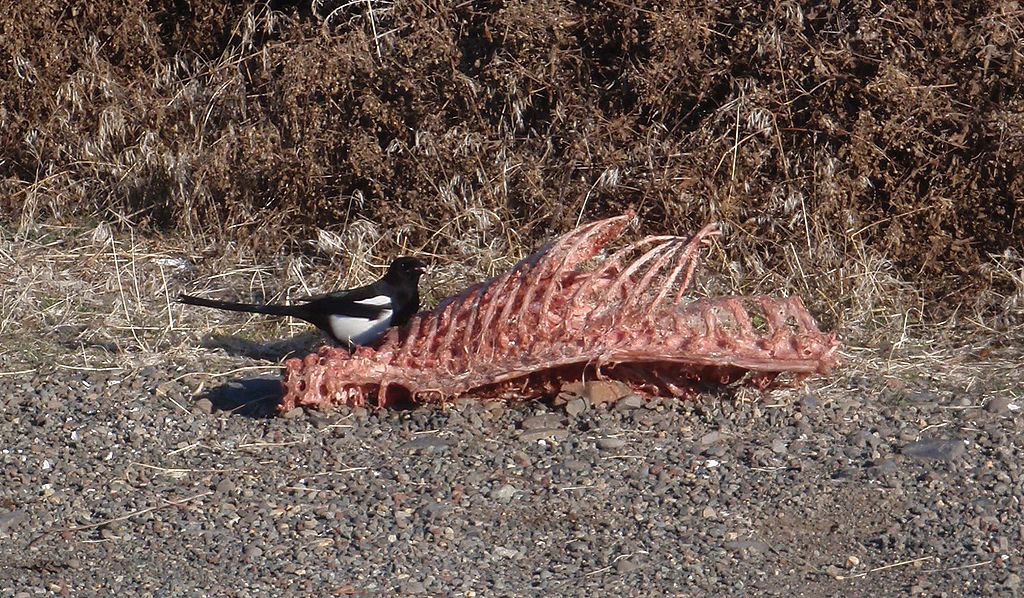
This opportunism also leads to their tangled relations with humans. Throughout the history of this continent, they’ve recognized humans as a source of easy food. They reportedly would follow American Indians on bison hunts, recognizing the potential feast left behind.
The Lewis and Clark Expedition noted that magpies often boldly entered their tents in search of food. And many modern hunters, myself included, have noticed that they (and ravens) continue to follow human hunts. I have at times been convinced that these birds have tipped me off to game. Some may consider this fantastical, but it’s happened too many times for me to dismiss it.
But in the 20th century, many people did not look at the magpie as a hunting partner. They saw the bird as a vicious threat to livestock and game. And they persecuted magpies without mercy.
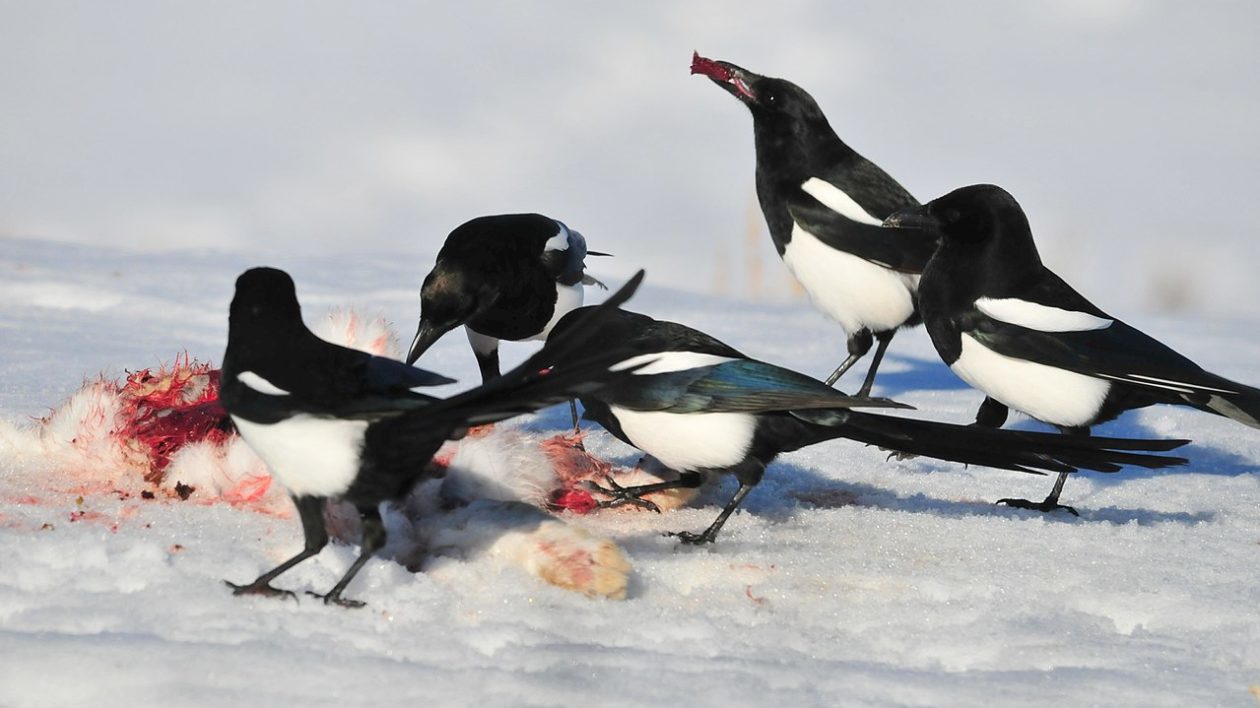
A History of Violence
Outdoor magazines and books in the mid-20th century frequently accused the magpie of gory, horrific crimes against helpless domestic animals and wildlife. Reading these accounts today, the magpie appears to be the winged equivalent of Darth Vader, or perhaps Hannibal Lecter.
Larry Koller, in his Treasury of Hunting (1965), repeats a common accusation against the bird: “Magpies are small, vicious, Western birds with the sanguinary habit of plucking out eyes of young, newly dropped fawns and kids. Then, in a flock attack, they literally eat the helpless animal alive.”
Outdoor writer Bert Popowski dismissed the eye-eating stories as mere folklore. But he wasn’t defending the magpies. In fact, he doubled down on magpie hatred and sensationalism. “Ounce for ounce they have no peer in cold-blooded rapacity,” he wrote in a chapter descriptively named “Magpies are Murder!” in his book Calling All Varmints.
This chapter includes numerous disturbing descriptions of magpies devouring, alive, adult cattle and other livestock. He quotes a rancher who attributed 50 percent of his cattle losses to magpie predation. He maintained that magpies pecked at the cattle to remove fly larvae under the skin, but then one thing led to another:
“Once they’ve opened the beef critter’s hide and gotten a taste of its blood and meat, they keep enlarging the hole. Eventually they work clear through the muscle sheath and into the abdominal cavity. The next ste is to peck through the exposed paunch and then that beef is doomed.”
Basically, in Popowski’s telling, the magpie chisels a hole into a hapless cow and then eats it from the inside out. Perhaps this was the inspiration for that scene in Alien.
What is the truth of magpie predation on cattle? As insect feeders, magpies are well-documented to land on cattle and other large mammals to pull off ticks. This habit undoubtedly contributed to the idea that magpies were actually attacking cows.
There are also some published reports of magpies pecking at wounds on cattle, including fresh brands. One published account included observations of a magpie pecking at cuts on freshly shorn sheep. As opportunistic feeders, this undoubtedly happened, and continues to occur. But such random occurrences are a far cry from the bird that writers like Popowski accused of having a preference for “raw, red meat, still alive.”
Nonetheless, these stories of magpies fueled a large-scale slaughter of the birds. Not coincidentally, writers like Koller and Popowski included tips and tricks for shooting large quantities of magpies. Popowski reported on one shoot in Manitoba where his group killed 2,000 crows and magpies, under the auspices of protecting nesting waterfowl.
Most U.S. states in magpie range officially sanctioned the slaughter, and paid a bounty on every bird killed. In Idaho, the state paid a nickel for every magpie or egg turned in, which led to the death of approximately 150,000 birds.
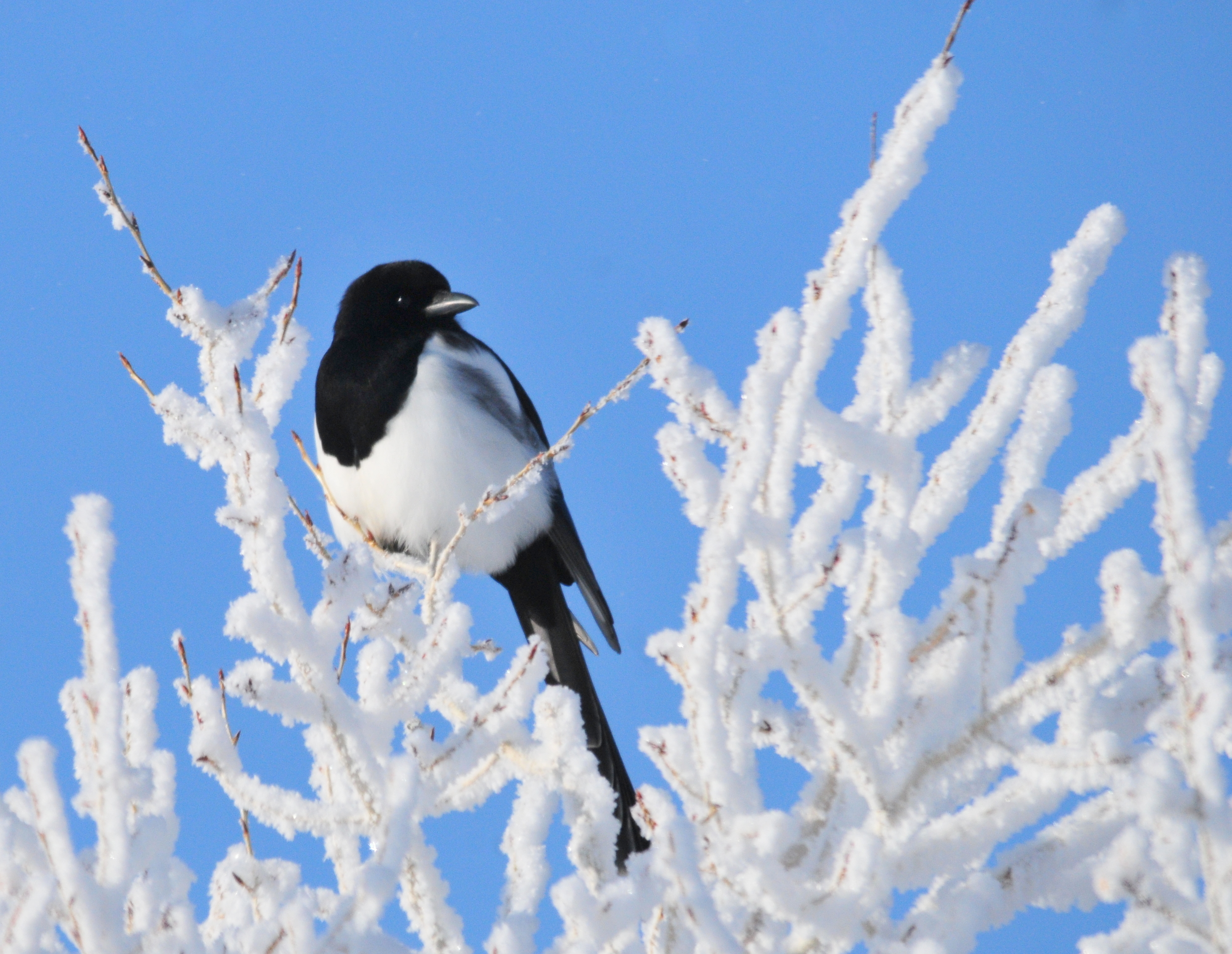
Many ranch kids trapped the birds to receive bounty payments. During his visits to the Silver Creek area of southcentral Idaho, Ernest Hemingway noticed this and devised his own twist to magpie control. Hemingway was an enthusiast of Europe’s live pigeon shoots, where pigeons were released in front of shotgunners in a target shooting competition. (It was essentially like clay target shooting, but with live birds).
Hemingway noticed the trapped magpies and created his own version of a live pigeon shoot at Silver Creek, with the trapped magpies released for shotgun shooters. According to the book Hemingway’s Guns,
“Hemingway, intrigued by the bird’s erratic flight and cunning, devised his own form of ‘pigone shooting,’ complete with rules, trophies and wagering. Mary Hemingway wrote fondly of their magpie shoots—the friends an food and wine, the wind that made the targets so difficult, and the parceling out of the betting pool.”
I heard stories firsthand of these shoots from rancher Bud Purdy, a friend of Hemingway’s who often hosted these events on his ranch. Coincidentally, Ernest’s son, Jack, and Bud Purdy both were instrumental figures in working with The Nature Conservancy to protect the Silver Creek Valley through a nature preserve and easements. I should note that, on a recent visit, magpies were constantly flying around the preserve – with no one shooting at them.
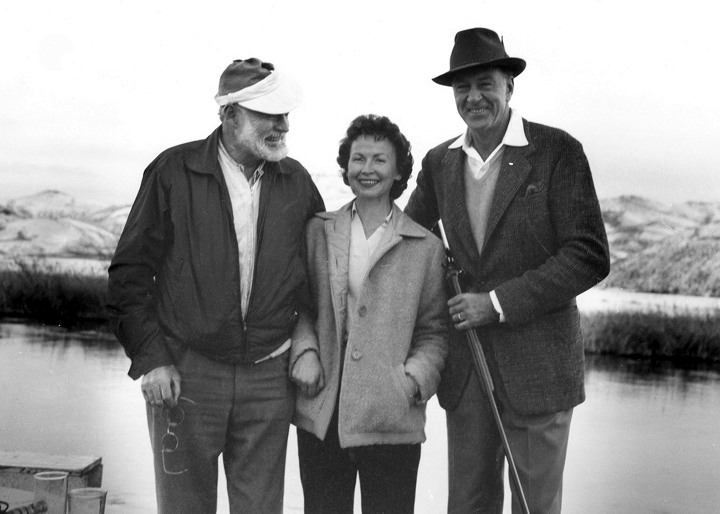
New Laws, New Threats
What changed for magpies? Quite simply, a treaty known as the Migratory Bird Treaty Act. The original act, passed in 1918, did not protect magpies or other corvids. They were added to the protected list when the act was amended in 1972. This effectively ending bounty programs and widespread persecution.
The Act does allow magpies to be killed when they are depredating crops and livestock, or causing other property damage. What constitutes property damage leaves a lot of room for interpretation. A story on National Public Radio’s Living on Earth by my friend Guy Hand summed it up this way: “It’s legal to control them if they peck at your screen door, eat Fifi’s dog food, go for the cherry tree.”
The same story describes an Idaho couple who continues to “wage war” on magpies, which also certainly occurs on ranches and in many rural areas. Still, today you’re more likely to see someone shooting a magpie with a camera than with a gun.
Today, the magpie faces bigger threats than direct persecution. While black-billed magpies remain abundant in most parts of their range, its populations have declined every year since 1966.
The Cornell Lab of Ornithology reports on one cause of the decline: “They have been vulnerable to toxic chemicals, particularly topical pesticides applied to the backs of cattle which magpies ingest when gleaning ticks off livestock.”
West Nile Virus also took a heavy toll on magpies as it spread west. The decline was well-documented on the closely related and less-numerous yellow-billed magpie (Pica nutalli), a species found only in California. Within two years of West Nile Virus arriving to the West Coast, more than 90,000 yellow-billed magpies had died…nearly half the entire population.
I have not found estimates for the toll on black-billed magpies. I know that soon after West Nile Virus was found in Boise, where I live, magpies essentially disappeared. Their calls formed part of the soundtrack for our nightly walks on the city’s greenbelt, but suddenly they ceased. They have since returned, but we still do not see them in large numbers.
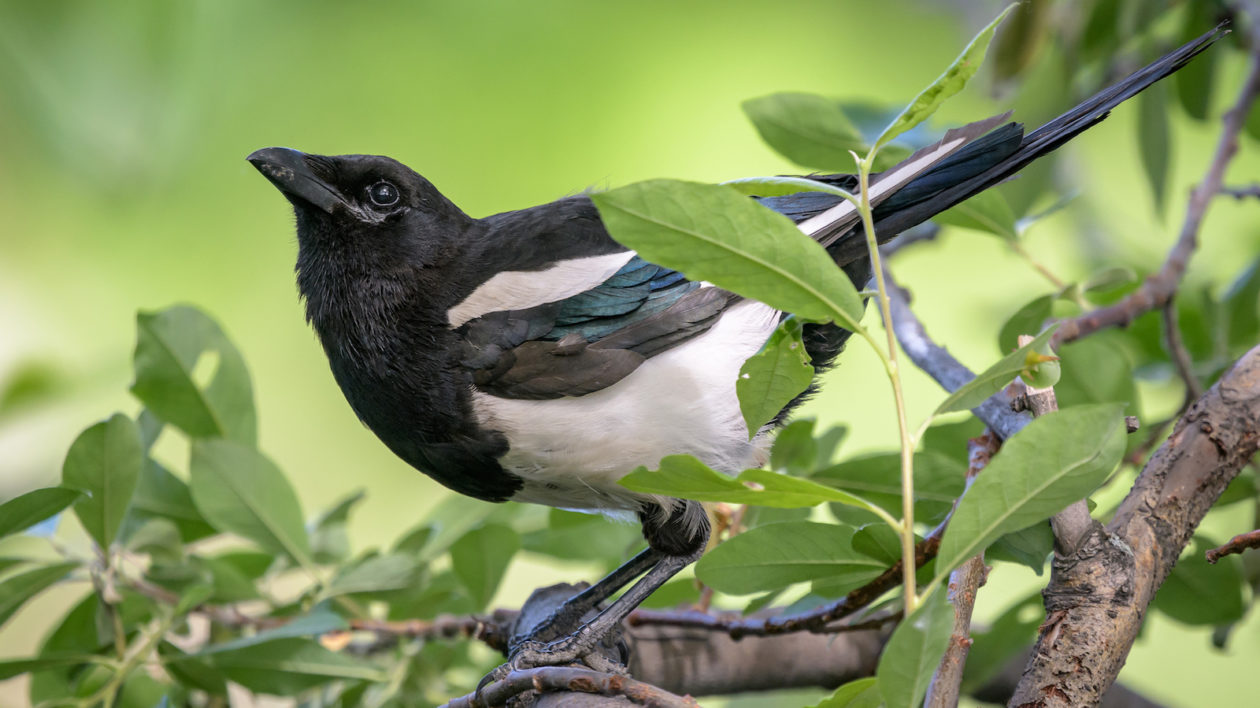
The Magpie Funeral
Delve into historical accounts of magpies, and you’ll find not only descriptions of magpie predatory behaviors, but also accounts of magpie funerals. These reports state that when a magpie dies, other magpies will travel to the spot and sit over the body for a short period of time.
It turns out, this behavior is well documented in the literature and by respected ornithologists. Cornell describes the funeral as such: “When one magpie discovers a dead magpie, it begins calling loudly to attract other magpies. The gathering of raucously calling magpies (up to 40 birds have been observed) may last for 10 to 15 minutes before the birds disperse and fly off silently.
The Living on Earth program includes an interview with magpie researcher Chuck Trost, who posits that the magpies are probably not paying their respects. I think what it is, is they’re trying to see who it is,” he said. “Because they know each other, magpies know each other, and whenever there’s a dead magpie, that means there’s an opening in the social system. And if you’re a submissive magpie you can move up one notch.”
Reporter Guy Hand respects the science. But given our history with the bird, he also suggests that maybe we should be open to other interpretations: “If we’re so quick to assign the worst human traits to magpies, can’t we just allow them just a little room for reverential reflection?”
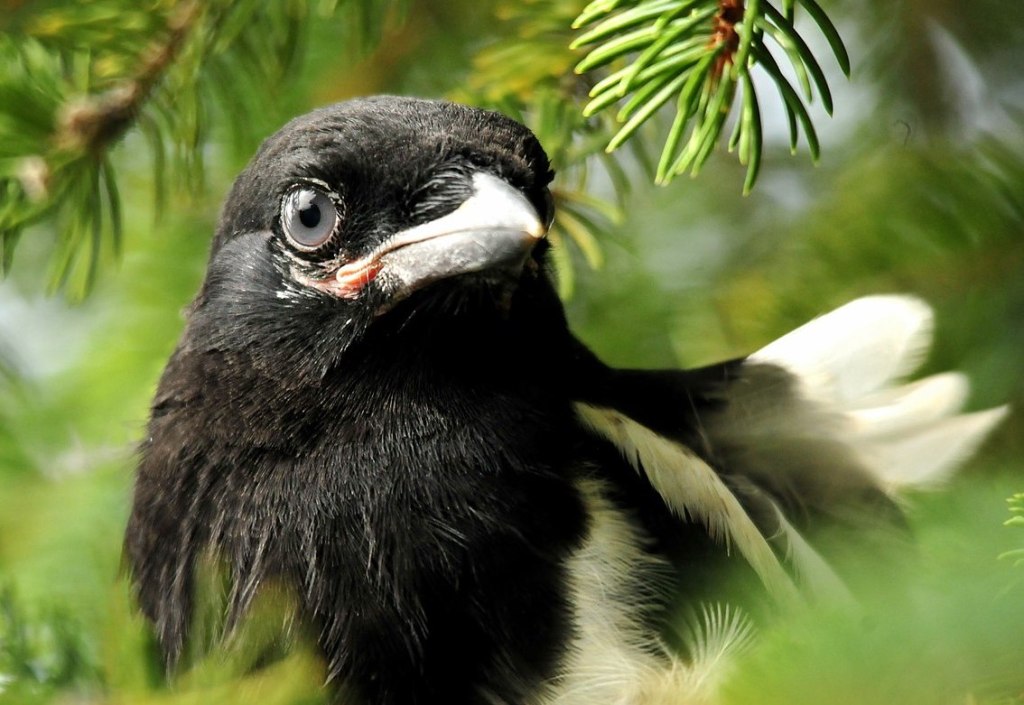



I saw a “dead” magpie at the top of the Mount. Kingston St Mary, Taunton, Somerset. There were birds flying around up above and in the tree’s. What could be the possible reason for this incident. Hmmm, strange but true. There was no blood surrounding the bird; so it could possibly be an air rifle. Or poison from the cattle. Maybe fate intervened.
I’ve had the unique opportunity to raise a magpie chick and some of the writings and comments leave me aghast. The selfishness and brutality of humans oftentimes makes me ashamed to be one. The Native Americans had it right- live in harmony with nature. Profits and grandiose ideas of one’s importance seem to be the theme of Western culture.
Why not try and accommodate the magpie? Why not try to make some friends?
Raising “Pie” has been the best experience of my life. She’s incredibly affectionate and honestly not much different than a child. She’s fully grown, and comes home every day through an open window to spend the night. Sometimes members of her “Parliament” stop by to hang out inside the large aviary I’ve created and even spend the night. My bed is at the foot of her perch and sleeps about 7 feet up. She has ways of letting me know it’s time to turn off the light. Sometimes I hear her snoring.
In the morning we play for a few minutes, until I hear her flock outside sqwuaking and I head outside to fill a bowl with organic dog food. Usually the same 9 come, sometimes 30. 4 will eat from my hand, and one will hang out on my arm with Pie.
This society, largely, does not work. Why not try to return to old traditions of harmony? These birds want to trust you. How can I know this? Because I have observed that they enjoy being fed by hand. They like to trust me, to trust people.
The Native Americans had it right, and I should like to strive to be like them.
Insta: kai_and_pie